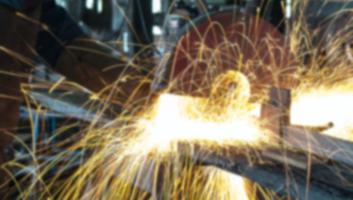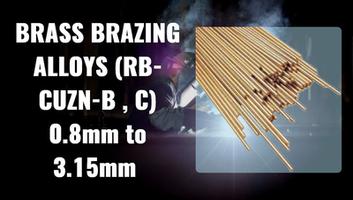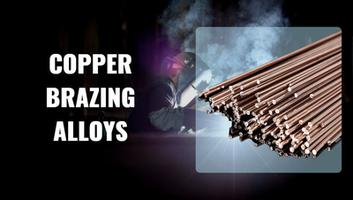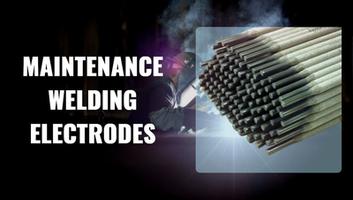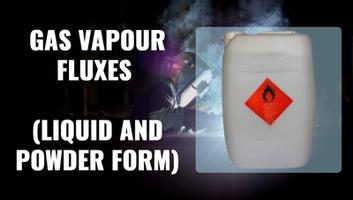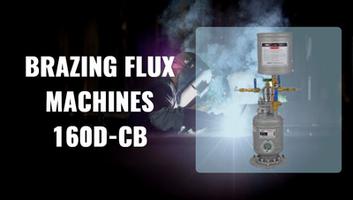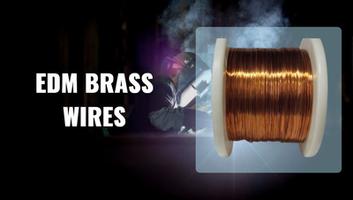BRAZING FLUX MACHINES 160D-CB
Brazing Fluxes play a vital role in virtually all air brazing processes. Use of the wrong flux or a poor application technique can have a dramatic effect on joint quality. Flux is a chemical compound applied to the joint surfaces before brazing. … A coating of flux on the joint area guards the surfaces from the air, preventing oxide formation. It also dissolves and absorbs any oxides that form throughout heating or that were not completely removed in the cleaning process.
We offers various brazing flux like silver flux, general brazing flux (Alum braze, Bronze flux etc.), High production brazing flux like speed flux in both categories. There are also special fluxes for the brazing of tungsten carbide, stainless steel, aluminum bronze, and refractory metals; induction brazing; manufacturing flux coated rods; and reducing red staining on brass.
Liquid flux is used almost exclusively in Torch Brazing. The fuel gas is passed through a Dispenser containing liquid flux. Liquid Flux is mixed in the fuel gas and comes out with the torch flame. The flux is applied by the flame where needed on base metals such as carbon steels, low alloy steels, cast iron, copper and copper alloys, nickel and nickel alloys, and precious metals.
The flame from the torch delivers flux to the joint providing:
1. Superior oxide protection
2. Superior fluxing action
3. Clean post-braze joints


